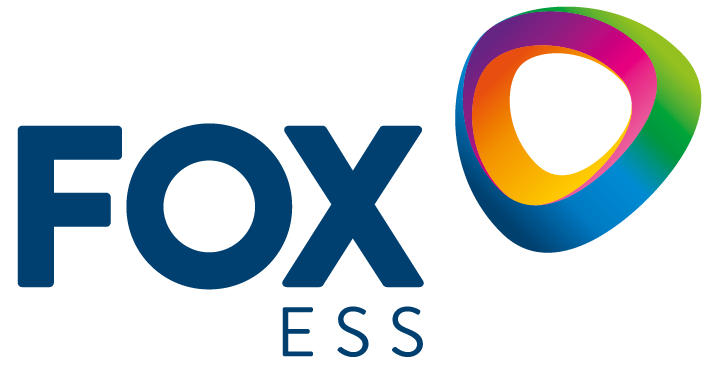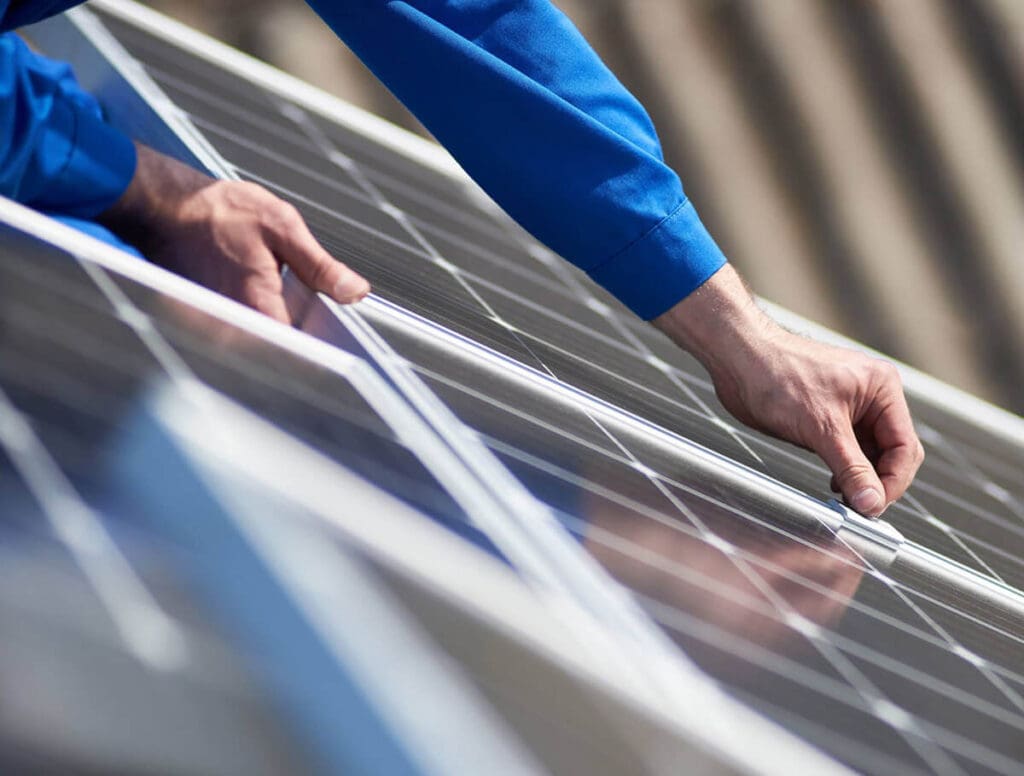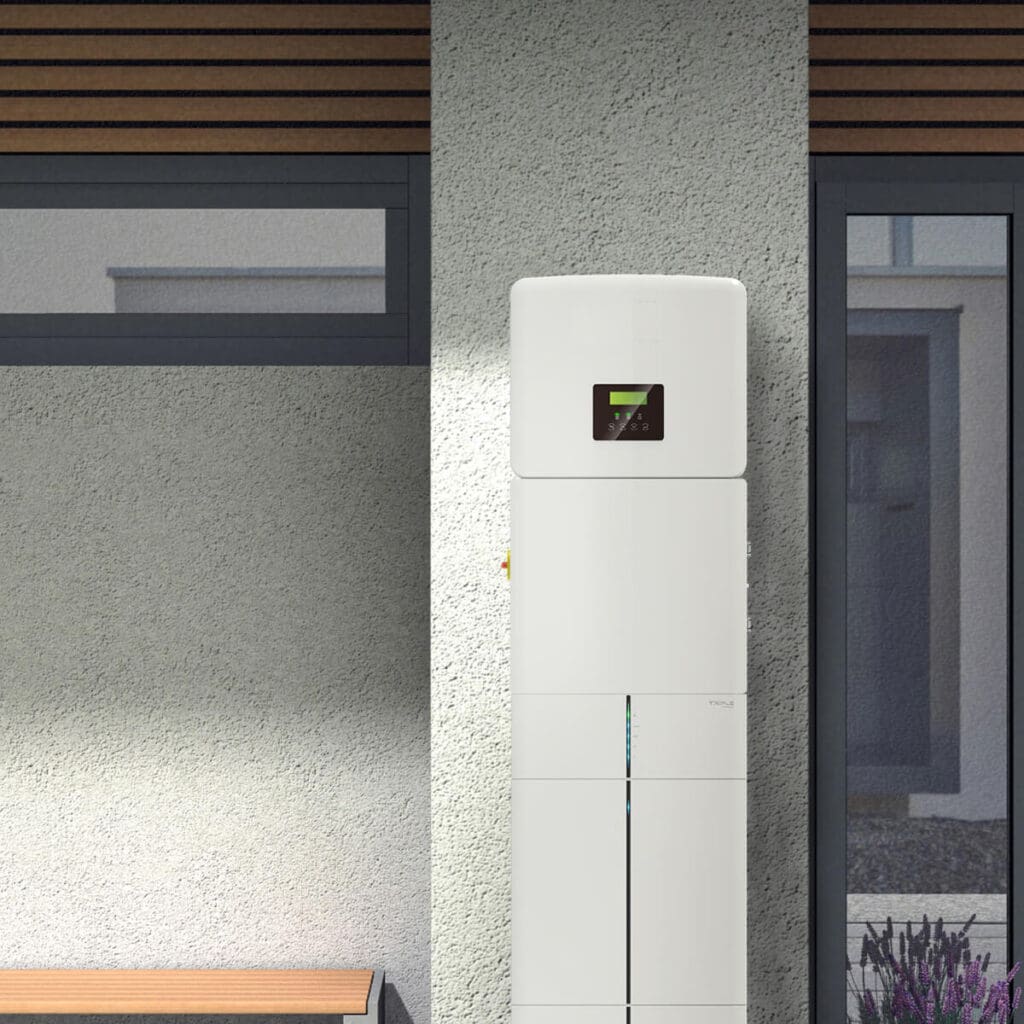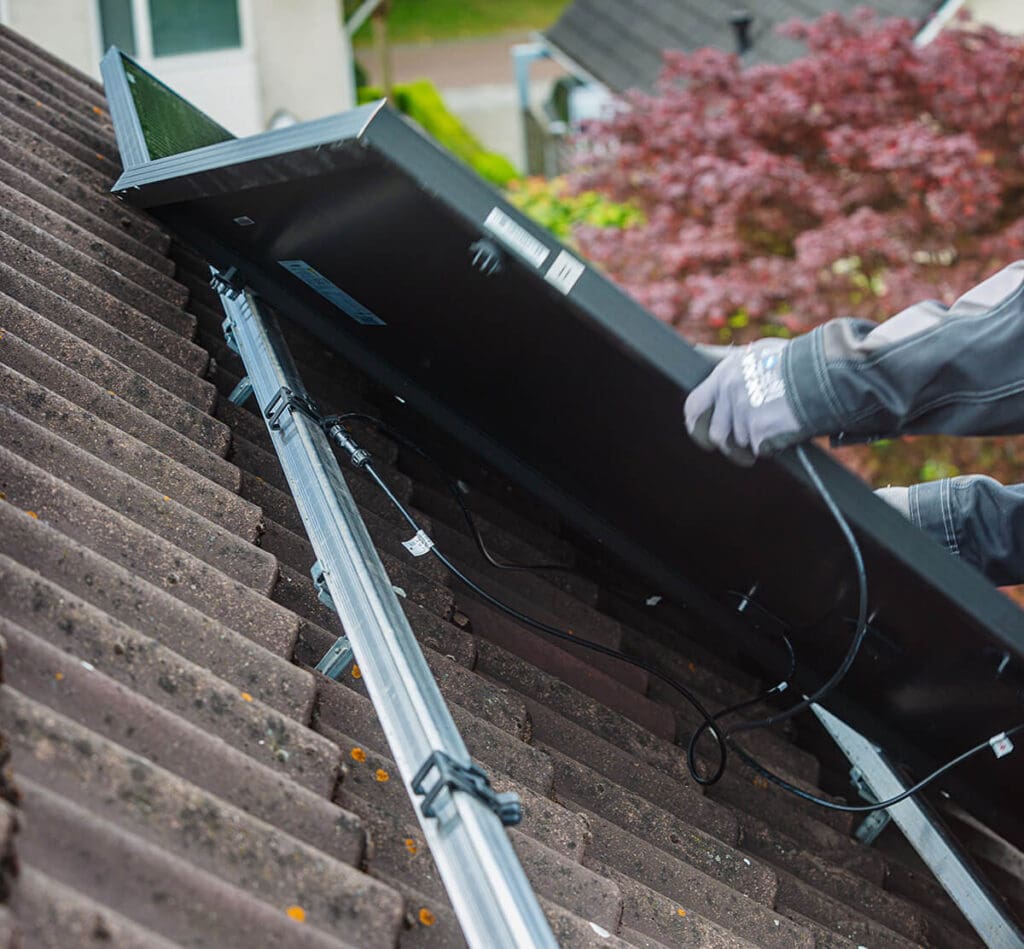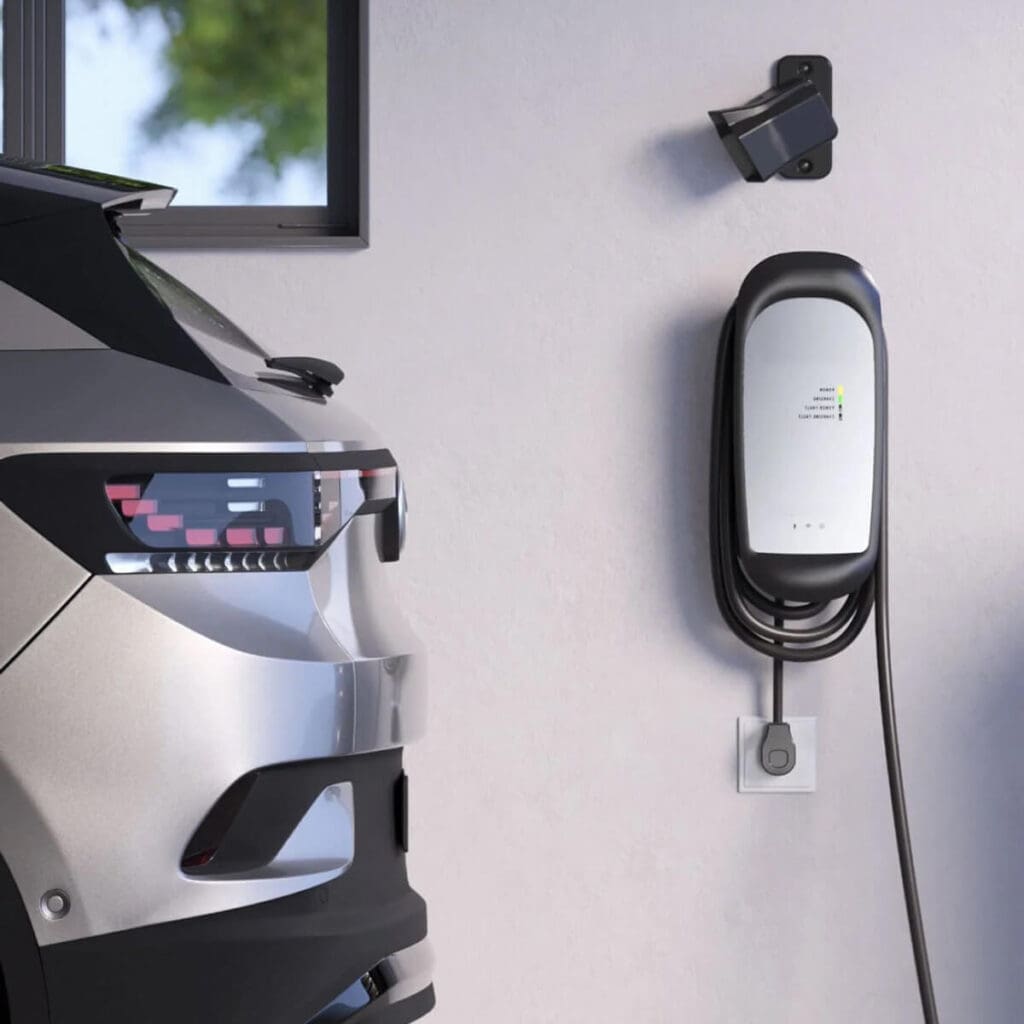Solar inverters.
We stock a wide range of inverters from various leading global brands which you can use for new builds, commercial, and utility applications.
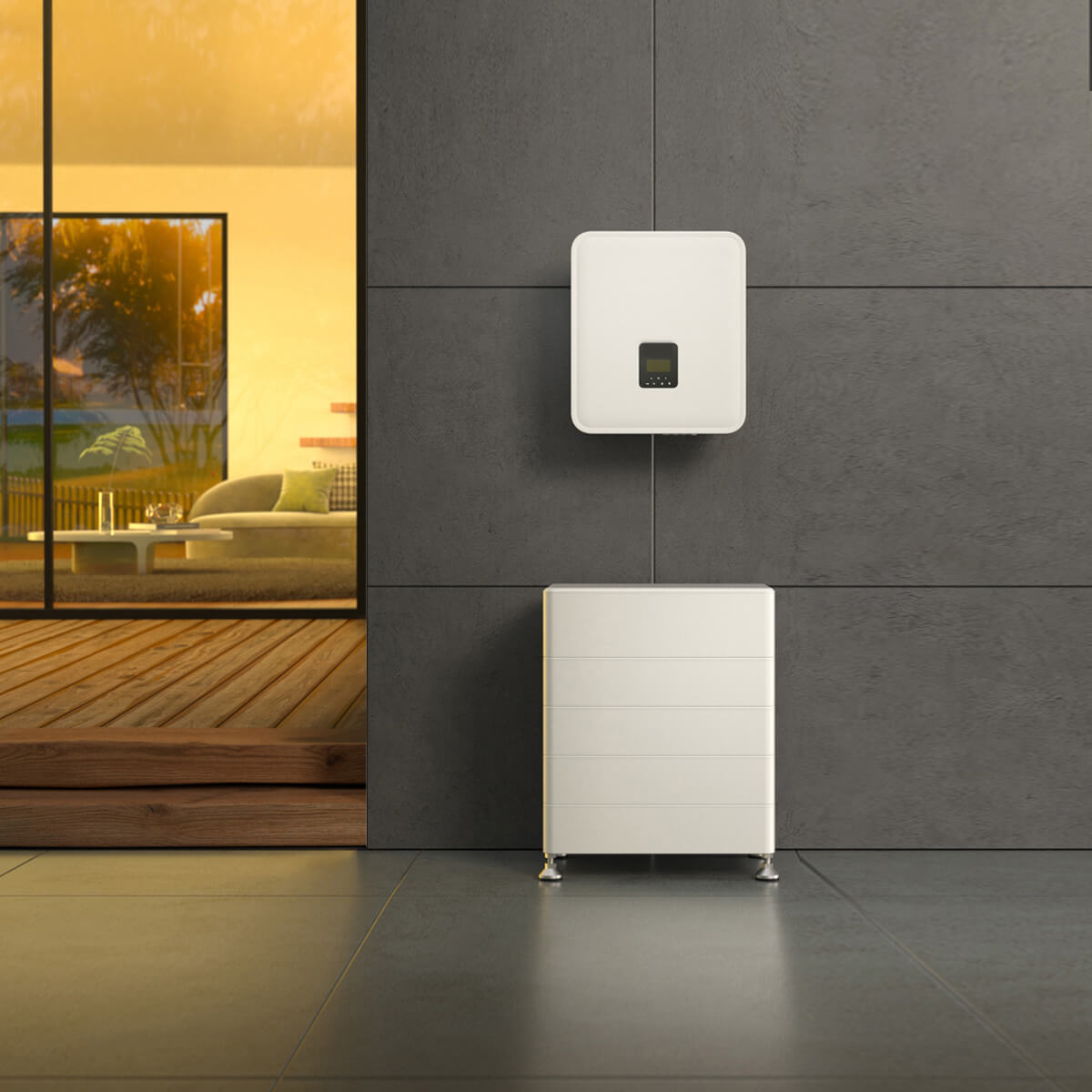
We stock the entire range.
PV inverters play an essential role in any photovoltaic (PV) system that uses alternating current. They convert the direct current generated by the solar modules into usable alternating current, which then supplies electrical consumers in a property. Manufacturers offer many different types of solar inverters on the market today. In the following sections, we highlight the key differentiating features to help you choose the right inverter for your system.
Segen offers a wide range of world-leading inverters, from compact 0.7 kW models—perfect for new installations—to powerful 350 kW units designed for commercial and utility-scale applications.
Fill in the form to request portal access.
Are you an end customer?
Information for end customersFrequently asked questions
Virtually every home has an electricity connection, regardless of the size or type of inverter. Residential homes in the UK usually have a single-phase connection, while commercial buildings have a three-phase connection. This does not apply to every site, but it is a good rule of thumb. The electrical supply will influence the choice of solar inverters available, with most manufacturers offering both single and three-phase solutions.
As string inverters are affordable and reliable inverters, they are widely available on the market. The name “string” comes from their ability to connect a group of solar panels to the device. The panels are connected in a DC circuit, and the string is then connected to convert the DC input of the inverter.
While string inverters are very popular, there are some disadvantages to using them. One of the main disadvantages of a string inverter is that the module with the lowest output limits the output of the other modules. For example, in a string of 10 x 320 W panels, if one of these panels is damaged and only produces 300 W, the remaining nine panels would also be limited to 300 W in a standard string installation.
Maximum power point trackers (MPPT) are built into inverters. Their main task is to enable the inverter to automatically draw as much power as possible from the connected string. With the help of an algorithm, the system works with the most efficient voltage. This allows certain voltages and currents between the modules to be detected and corrected. The result is higher performance from the connected strings.
Each MMPT monitors the connected strings independently so that a problem with one string in the array does not affect the others. Since MMPTs are made by joining two strings together, shading a panel in one string by 50% will reduce all other modules in both strings by 50%. Splitting these two strings into two MPPTs would only affect the MMPT with the shaded module.
If even a single solar module connected to a tracker fails or degrades, all solar modules connected to the same tracker will lose power. It therefore makes sense for commercial systems to use an inverter with a higher MPPTS. Huawei and Solis three-phase inverters incorporate three, four or even six trackers to minimise losses over time.
In addition to MPPTs, there are also optimisers. DC optimisers sit between each module and the inverter (usually connected directly to the junction box of the module) and optimise the power of the module. In this process, the maximum power point tracker is removed from the inverter and placed behind the module. This can increase the price, installation time, and labour costs.
However, the resulting advantages are incomparable. The optimiser isolates module-specific problems to the connected modules, which means that shading is no longer a problem for modules that are in the shade. SolarEdge inverters with the same output as standard string inverters can have much longer strings. This is because the optimisers modify the string current to output a fixed voltage. In addition, an optimiser behind each module allows monitoring at the module level if the correct monitoring kit is used.
All SolarEdge inverters must be installed with their optimisers in order to function. Tigo is an alternative third-party optimiser that works with most commercially available string inverters.
The difference between an optimiser and a microinverter is that an optimiser takes the direct current from the module and optimises it so that it is suitable for the inverter. A micro inverter, on the other hand, converts the direct current power directly behind the module into alternating current. Microinverters are considered a safe solution as the direct current is isolated on the roof, and the alternating current is used inside.
Reasons for Segen.
Unique product portfolio
We have an extensive portfolio of industry-leading brands. We only work with the best brands on the market!
Personal contact person
A dedicated support team in all departments - your account manager, your order processor and your technical contact, all there for you!
Exclusive webinars and events
As a Segen customer, we offer you participation in exclusive webinars / roadshows and events. You will always find all information on this in your customer portal.
Your one-stop store
Instant access to 24/7 live pricing and stock availability, with access to special design tools, industry news and informed promotions.
Fast quotation preparation
Use our tools for quick quotation preparation including installation system design with the Renusol Configurator 3.0. Try it out now.
Delivery within 24 to 72 hours
We deliver products in stock directly to you within 24 to 72 hours. On request also directly to the construction site.
